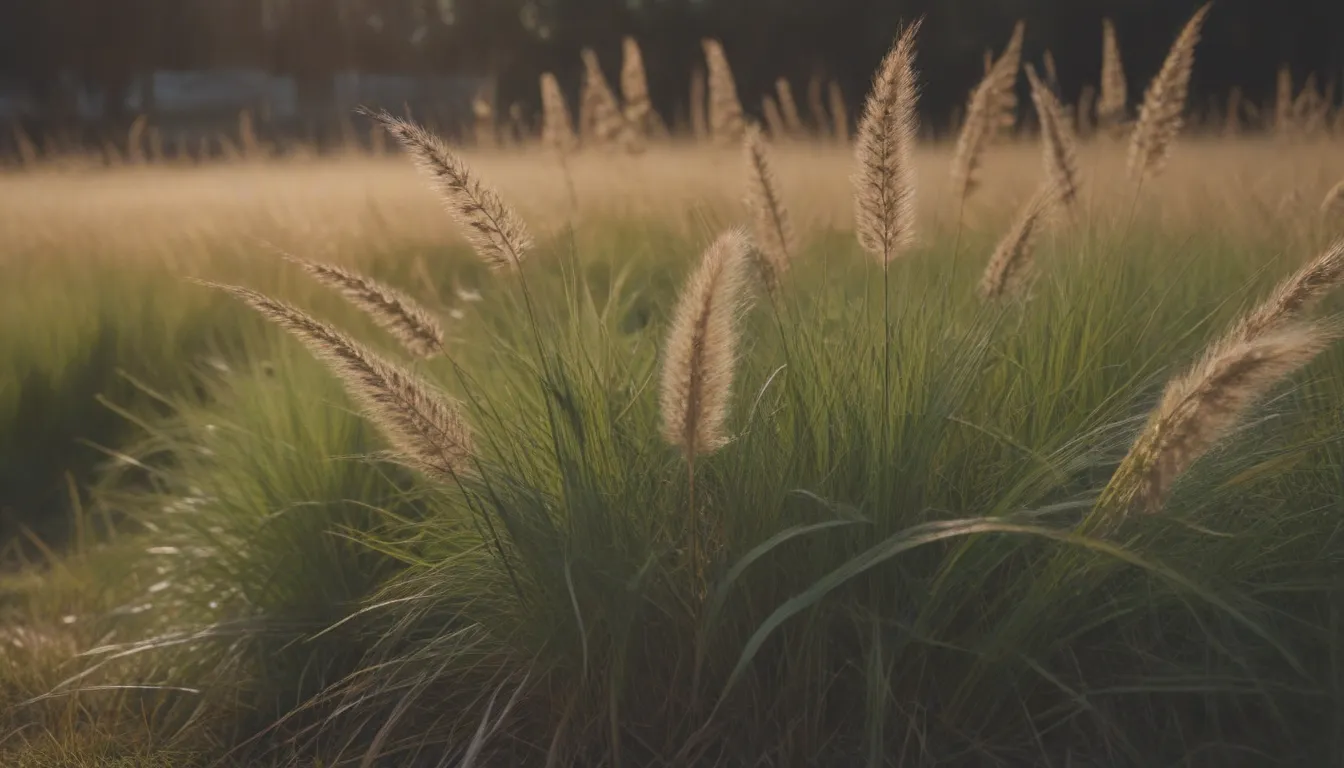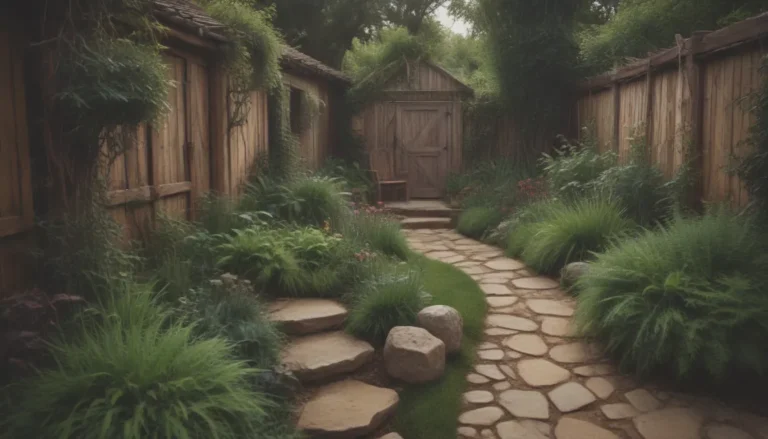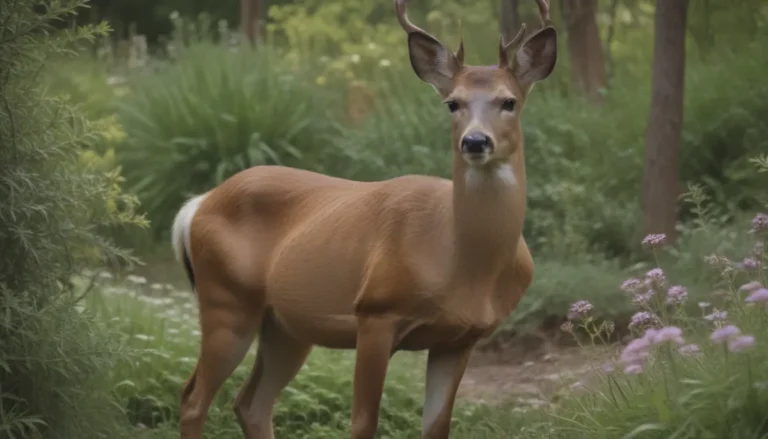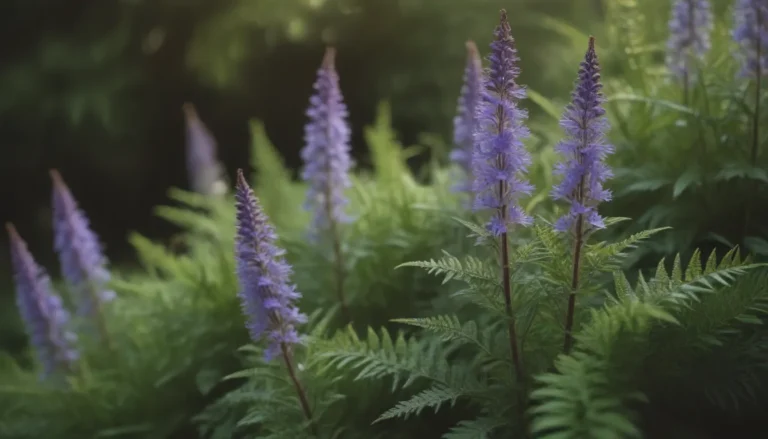The Ultimate Guide to Growing and Caring for Winter Rye Grass

If you’re looking for a versatile cover crop that can help control weeds, enrich your soil, and protect your garden during the harsh winter months, look no further than winter rye grass. This cool-season annual grass is a powerhouse when it comes to improving your garden’s health and productivity. In this comprehensive guide, we’ll explore everything you need to know about growing and caring for winter rye grass, from planting to pruning and everything in between.
Why Winter Rye Grass?
Winter rye grass, also known as cereal rye, is a popular cover crop due to its many benefits:
- Weed suppression: Winter rye grass is allelopathic, meaning it naturally suppresses weed growth, reducing the need for herbicides.
- Green manure: When tilled under in the spring, winter rye grass adds valuable nutrients to the soil, improving its fertility.
- Soil protection: The robust root system of winter rye grass helps prevent erosion, keeping your garden soil healthy and intact.
With its cold hardiness and adaptability to a wide range of conditions, winter rye grass is a reliable choice for gardeners across the United States.
Winter Rye Grass Care
Once you’ve planted your winter rye grass in the fall, caring for it is a breeze. Here are some essential tips for successful winter rye grass care:
How to Grow Winter Rye From Seed
- Light: Winter rye grass thrives in full sun, so make sure it receives at least six hours of sunlight daily.
- Soil: While winter rye prefers light loam or sandy soil, it can also tolerate clay soil. Aim for a pH range of 5.0 to 7.0 for optimal growth.
- Water: Water your winter rye grass after planting if there is no rainfall, but avoid overwatering once established.
- Temperature and Humidity: Winter rye grass is winter-hardy and can germinate in cold temperatures, making it an excellent choice for late fall planting.
- Fertilizer: Winter rye grass thrives in low-fertility soils and does not require additional fertilizer, as its main purpose is to improve soil health for future crops.
Types of Rye Grass
Understanding the different types of rye grass can help you choose the right variety for your specific needs:
- Perennial Rye Grass: Ideal for permanent lawns and overseeding in southern climates, perennial rye grass is known for its durability and disease resistance.
- Annual Rye Grass: A short-lived grass used for cover cropping and erosion control, annual rye grass is a versatile option for seasonal planting.
Both types of rye grass offer unique benefits, so consider your garden’s climate and purpose before selecting a variety.
Pruning and Maintenance
To ensure the success of your winter rye grass crop, proper pruning and maintenance are essential:
- Mowing: As winter rye grass approaches maturity, mow it to prevent seed formation and potential weed issues.
- Tilling: After mowing, till the winter rye grass into the soil to incorporate its nutrients and improve soil structure.
- Seed Control: To prevent winter rye grass from becoming a weed, avoid allowing it to go to seed by mowing and tilling it under before maturity.
By following these simple steps, you can maintain a healthy and productive winter rye grass crop in your garden.
Common Pests and Diseases
While winter rye grass is relatively resistant to diseases, it is essential to be aware of potential issues such as ergot, stem smut, and rusts:
- Ergot: A fungal disease that can be toxic to humans and animals, ergot is a serious concern if winter rye grass is allowed to go to seed.
- Other Diseases: Watch for symptoms of stem smut, anthracnose, and rusts, and take prompt action to prevent their spread.
By monitoring your winter rye grass for signs of pests and diseases, you can protect your garden and ensure a successful growing season.
Planting and Harvesting Tips
When it comes to planting and harvesting winter rye grass, timing is crucial:
- Planting: Depending on your climate, plant winter rye grass between August and October, aiming for at least four weeks before the first fall frost.
- Harvesting: To prevent winter rye grass from becoming a weed, harvest it before seed formation by mowing and tilling it under.
By following these guidelines, you can enjoy the benefits of winter rye grass without the risk of unwanted spread.
In conclusion, winter rye grass is a versatile and valuable cover crop that can enhance your garden’s health and productivity. From weed suppression to soil enrichment, this cool-season grass offers a range of benefits for gardeners across the country. By following the tips and guidelines outlined in this guide, you can successfully grow and care for winter rye grass in your own garden, reaping the rewards of a healthier and more fertile soil for future seasons.





